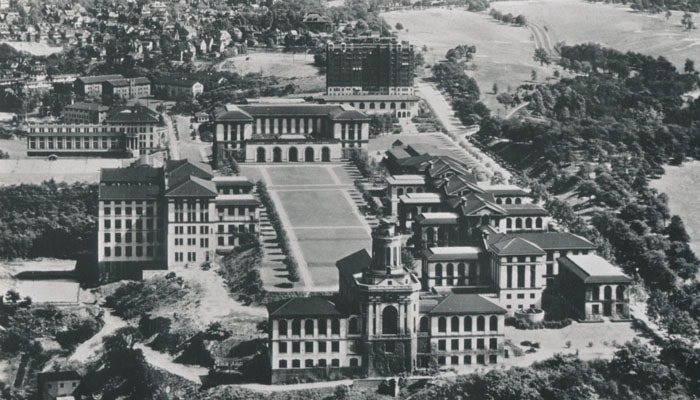2/3/17
Urbanization In-Class Essay
The late nineteenth century was a time of growth and tremendous industrial as well technological change for the world on a global scale. Each year there were new innovative inventions that changed the very nature and quality of life. In America it was considered a time of both crisis and opportunity, or "The turn of the century". For entrepreneurs such as John D. Rockefeller, Andrew Carnegie, and other economic leaders it was a time of prosperity. For the working classes it was considered a time of crisis with the constant changing world around them. Wealthy men like Carnegie saw a way to contribute to society as a whole to improve conditions of the communities around him through philanthropy. Philanthropy contributed to urbanization and industrialization through improving living conditions, building libraries and other buildings, offering educational opportunity, and advancing industrialism to accelerate urbanization during the time.
As many large organization leaders flourished and gained extreme wealth it began to create a gap between the social classes due to unrestrained laissez-faire capitalism, resulting in the uneducated low working class with little opportunity for improvement. These leaders were considered "captains of the industry". Andrew Carnegie, like many other philanthropists that came about during the time, saw his wealth differently. He saw it as a chance to give to others and improve society as a whole contributing through philanthropy. In Carnegie's famous book, The Gospel of Wealth, he states, "Great wealth is a sign of goodness, anyone who has such wealth has the responsibility to uplift those less fortunate." This statement showed that he believed that through philanthropic cause people like himself and Rockefeller can improve the quality of life for the less fortunate. Andrew Carnegie also saw other ways to improve society, such as to establishing learning buildings like libraries, allowing a chance for people to gain knowledge.
During Andrew Carnegie's career he contributed forty million dollars to fund more than 1600 public libraries across the flourishing nation. Offering a place of knowledge and order for people to learn from. Carnegie shows how he believes libraries help society saying, "Libraries are reservoirs of strength, grace and wit, reminder of order, calm and continuity, lakes of mental energy, neither warm nor cold, light nor dark... In any library in the world, I am at home, unselfconscious, still and absorbed." Philanthropists saw providing societies libraries for communities as a chance to allow room for growth throughout the community. Philanthropy during the time also endowed thousands of colleges, hospitals, museums, academies, schools, opera houses, and charities to help communities flourish offering opportunity to the less fortunate.
Many great philanthropists established colleges and academies to advance the educational system to improve the quality of life for many. A philanthropist named Peter Cooper contributed to industrialization by founding the Cooper Union which offered free courses in science, engineering, and art. Thomas Edison, inventor of the light bulb, was one of the many that attended the Cooper Union. Peter summed up his philosophy by saying, "I have endeavored to remember that the object of life is to do good", seeing his wealth like Carnegie as a way to contribute to the slowly growing society. Other philanthropists like Swift and Rockefeller spent the final years giving away fortunes to establish institutions for the betterment of society.
As society was changing rapidly due to urbanization, so was professionalism in many different areas. A modern medical school emerged with the help of philanthropy. American doctors began to travel to Europe to learn of different methods; the emergence of the modern universities in america with the mass educational changes began providing qualified students; along with the cultivation of philanthropy among some rich industrialists provided America with the infrastructure for a new system of advanced medical education, changing the nation as a whole. The new medical technologies changed the lives of many and increased the living conditions of America on a whole new level showing how philanthropy can change society on a much larger scale during the time of rapid urbanization.
Philanthropy contributed to nineteenth century urbanization on many levels, such as through providing opportunites for sufficient education, improving living conditions, establishing institutions, and aiding in the advancement of professionalisms. Through this time of industrial change and urbanization philanthropy has been able to make a noticeable impact on urbanization that in some ways we can see today. Throughout recent history philanthropists have taken these past leaders as an inspiration and made it their mission to change the world as well, wether it be on a small scale or a large scale. Philanthropists today, such as Bill Gates, are still working to improve society showing that through their wealth a change can be made in society just like how it played a role in urbanization.
Carnegie Mellon University Established by Andrew Carnegie
sorry about spacing it wouldn't let me move it
Bibliography

No comments:
Post a Comment